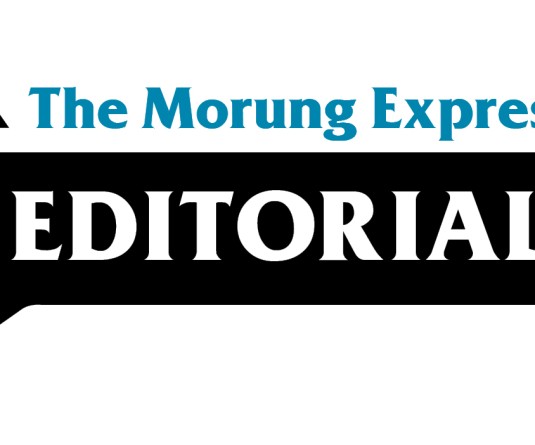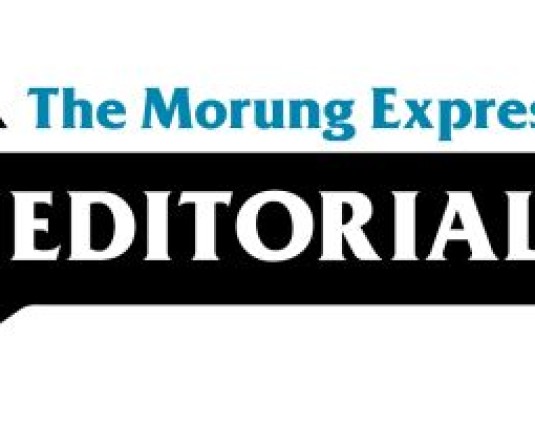
The Annual Hornbill Festival in Nagaland is indeed a glorious sight to observe for any onlooker with cultural troupes from various Naga tribes in their colourful attire showcasing the unity in diversity of Naga history and culture. And as far as the origin of the Hornbill Festival goes, its essence as a cultural window to the outside world should not be lost sight of. The rich cultural heritage is no doubt the comparative advantage as far as Nagas are concerned and therefore this aspect has to continue getting the due attention that it deserves. While this year’s festivity saw participation from other northeastern States, the Nagaland government could have also used the occasion to invite other Naga tribes from Manipur, Assam, Arunachal Pradesh and Burma to partake in the event. Hopefully future editions will see a greater conglomeration of Naga tribes from outside the State as well in order to make it a more meaningful bonding of shared history and culture.
The Hornbill Festival because of the congregation of the different tribal communities in Nagaland coming together in unison is in itself extremely encouraging and one that will go a long way in celebrating the Nagas common heritage at a time when peace has become a rare commodity and one which every Naga longs for. As such, the Hornbill Festival will hopefully help to build bridges of understanding and to generate a feeling of brotherhood among the participants who have assembled from different tribes and regions. It can also be a rare time to interact and share stories of common struggle and aspirations. The unifying force of the Kisama Heritage village against the backdrop of the diversity of tribal hohos present is indeed a significant sight. It also goes to show that there is a strong desire for unity at the people to people level.
The very significance of the Hornbill Festival should be seen in the fact that a cultural link binds the common destiny of the people. Kisama presents a small window of hope for the Naga people. Leaving aside ideological rhetoric and the divisive political agenda, the Hornbill Heritage Village can be used a forum for cultural diplomacy as the first step towards resolving political differences that exists. Beyond the annual ritual of staging the Hornbill Festival, there is a strong case for using the site for non political activities such as cultural exchange programs, which can be taken up within the Heritage Village. In this regard, the State government can facilitate more cultural exchange programs to be held at Kisama while the mass based civil society groups can also initiative similar exercise to bring together issues and peoples in a common forum.
At the end of the day, Kisama provides both an opportunity and a challenge. As the Hornbill Festival is proving, beneath the grim surface exist common or shared interests. And understanding and bringing out these shared interests into the open is the key to a search for common ground. The challenge would be to understand the differences and work on the commonalities, besides working on a win-win outcome. Those in the realm of affairs whether at the State level, national movement or in civil society can learn this crucial lesson that identifying a common symbol such as the Hornbill Feather can lead to a greater appreciation and understanding of the common elements of a shared history and culture.





